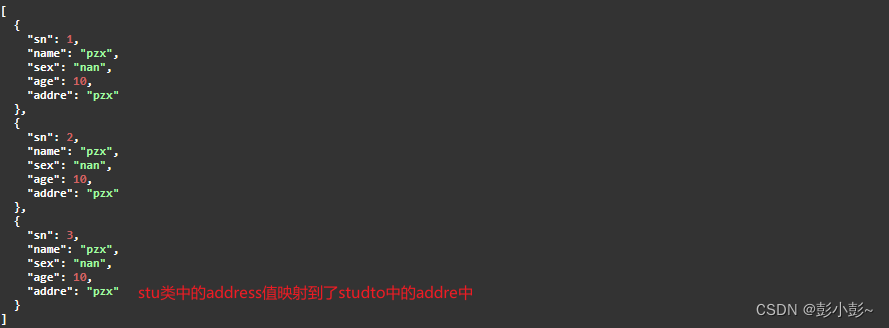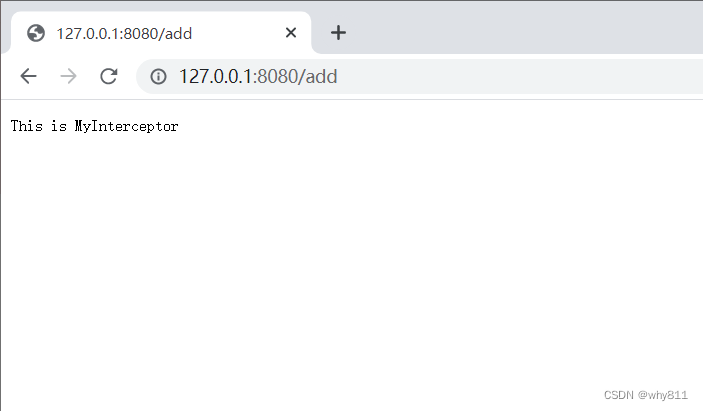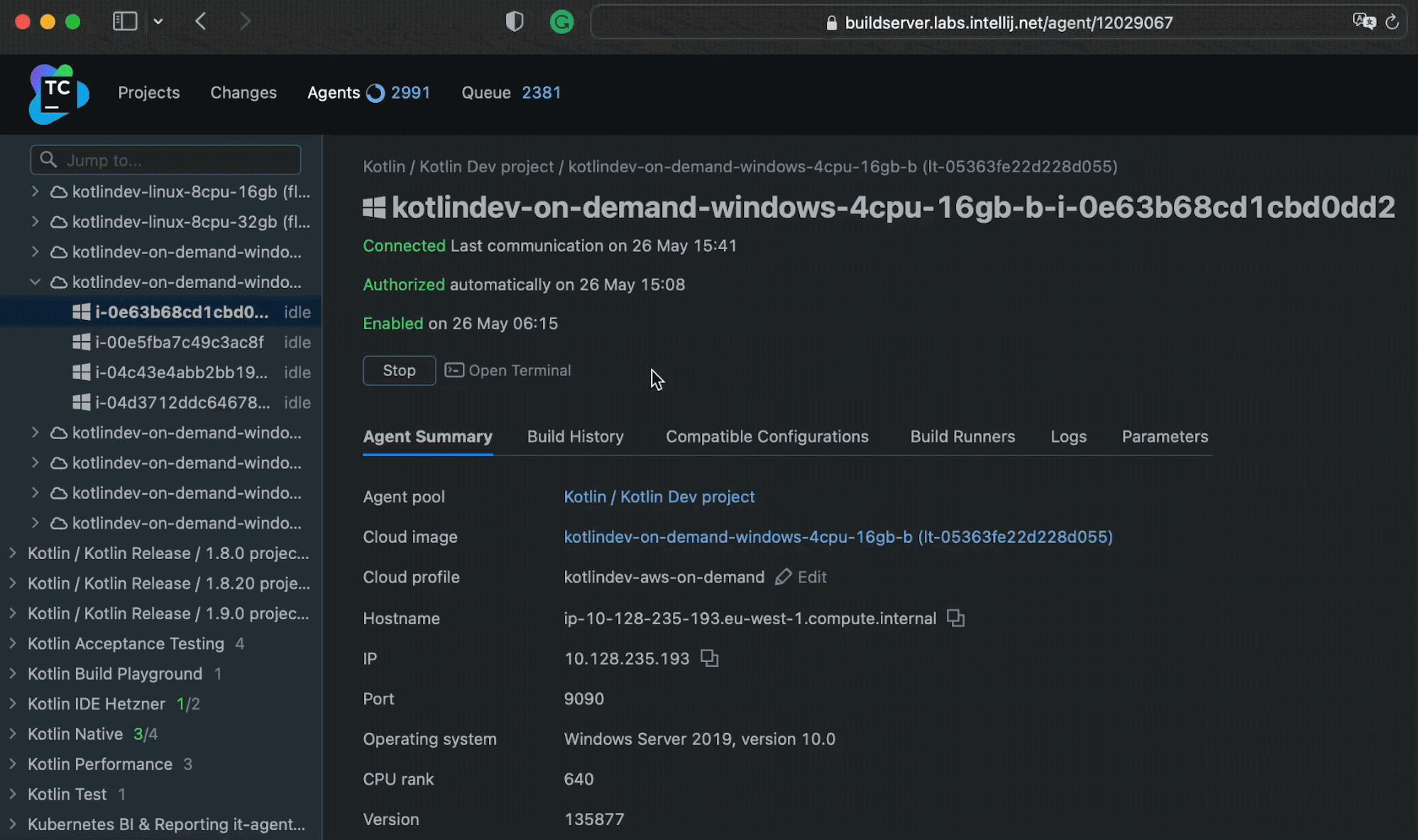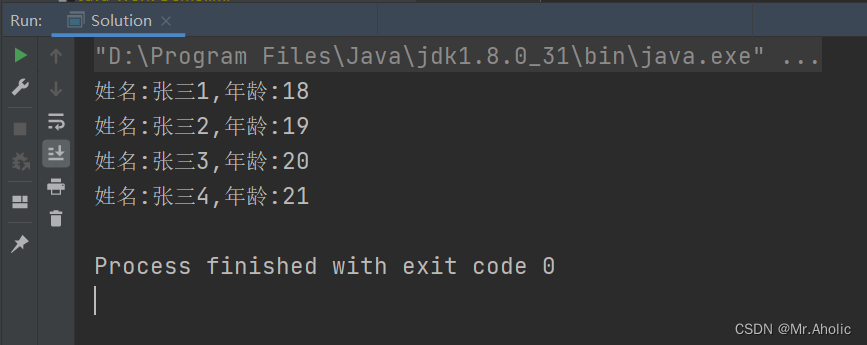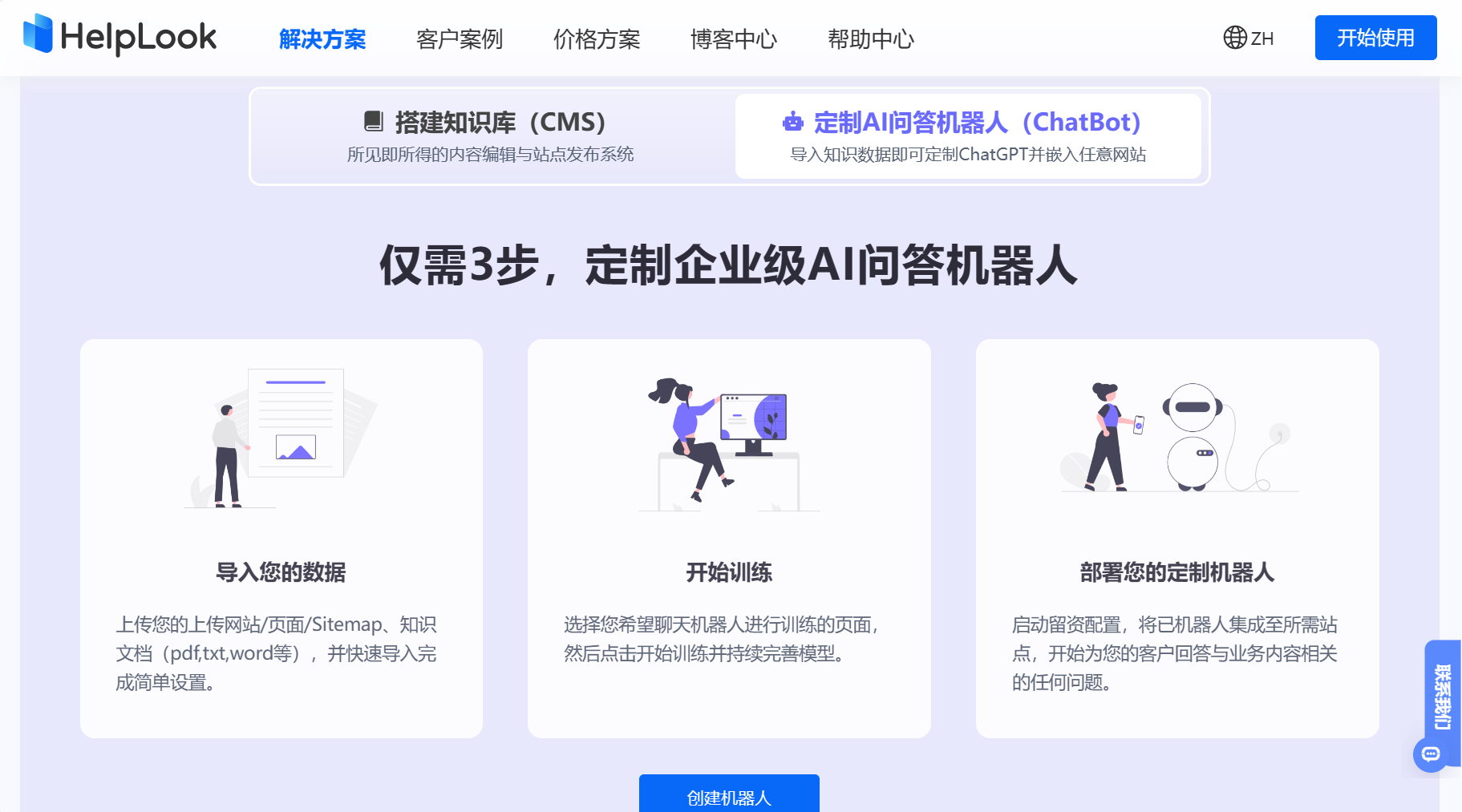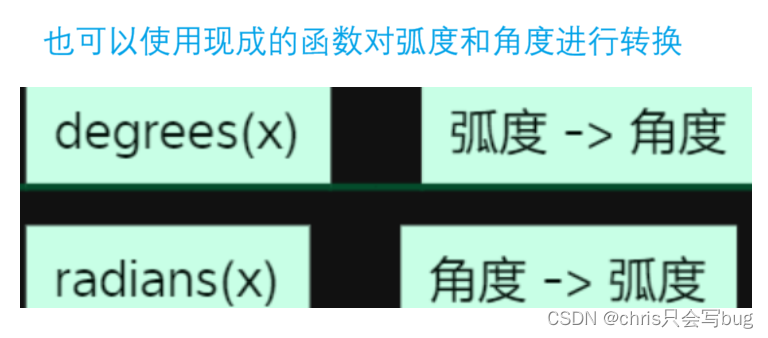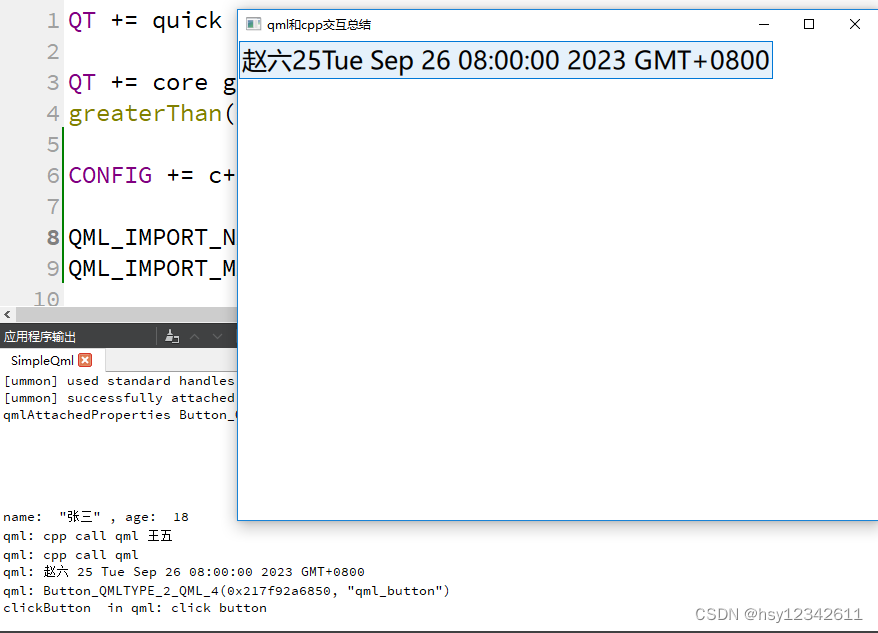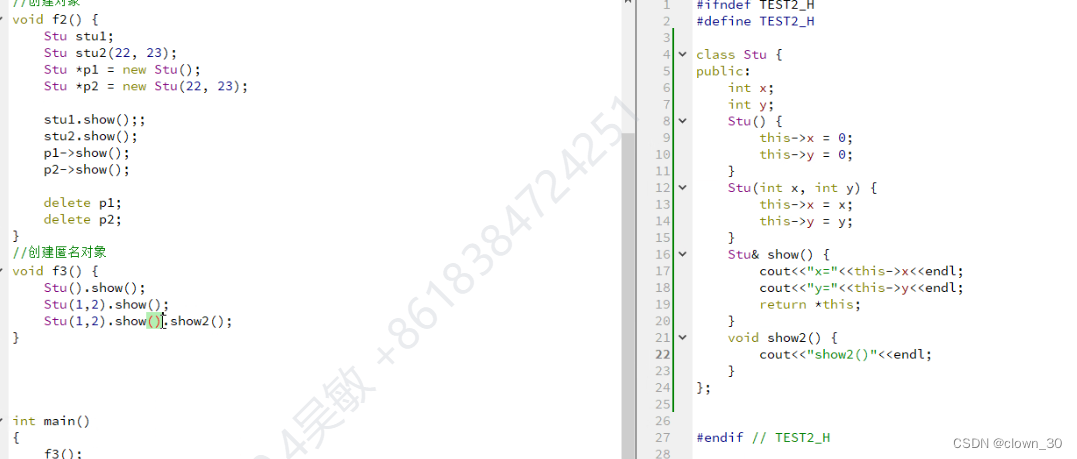1.安装automapper的nuget包
AutoMapper.Extensions.Microsoft.DependencyInjection
2.创建需要映射的类和转换后的类
public class studto
{
public int sn { get; set; }
public string name { get; set; }
public string sex { get; set; }
public int age { get; set; }
public string addre { get; set; }
}
public class stu
{
public int sn { get; set; }
public string name { get; set; }
public string sex { get; set; }
public int age { get; set; }
public string address { get; set; }
}
3.创建映射类需要继承automapper中的profile类
public class customProfile : Profile
{
public customProfile()
{
//如果dto类中的字段和实体类中的字段名相同就不需要配置字段,字段不相同,则要配置
CreateMap<stu, studto>()
//stu类映射到studto类上,studto类中的addre,与stu类中的address类对应
CreateMap<stu, studto>().ForMember(dest => dest.addre, opt => opt.MapFrom(src => src.address));
}
}
4.在program中注入automapper服务
builder.Services.AddAutoMapper(typeof(customProfile));
builder.Services.AddScoped<Iservice, service>();
5.准备好实体数据
public interface Iservice
{
List<stu> lsstu();
}
public class service : Iservice
{
public List<stu> lsstu()
{
List<stu> stus = new List<stu>();
stus.Add(new stu() { sn = 1, name = "pzx", sex = "nan", age = 10, address = "pzx" });
stus.Add(new stu() { sn = 2, name = "pzx", sex = "nan", age = 10, address = "pzx" });
stus.Add(new stu() { sn = 3, name = "pzx", sex = "nan", age = 10, address = "pzx" });
return stus;
}
}
6.在控制中通过构造函数注入的方式调用automapper的map方法,完成实体转换
[HttpGet]
public IActionResult Index()
{
var ls = iservice.lsstu();
List<studto> lsdto = new List<studto>();
foreach (var item in ls)
{
var dtols = _mapper.Map<stu, studto>(item);
lsdto.Add(dtols);
}
return new JsonResult(lsdto);
}
调用效果
